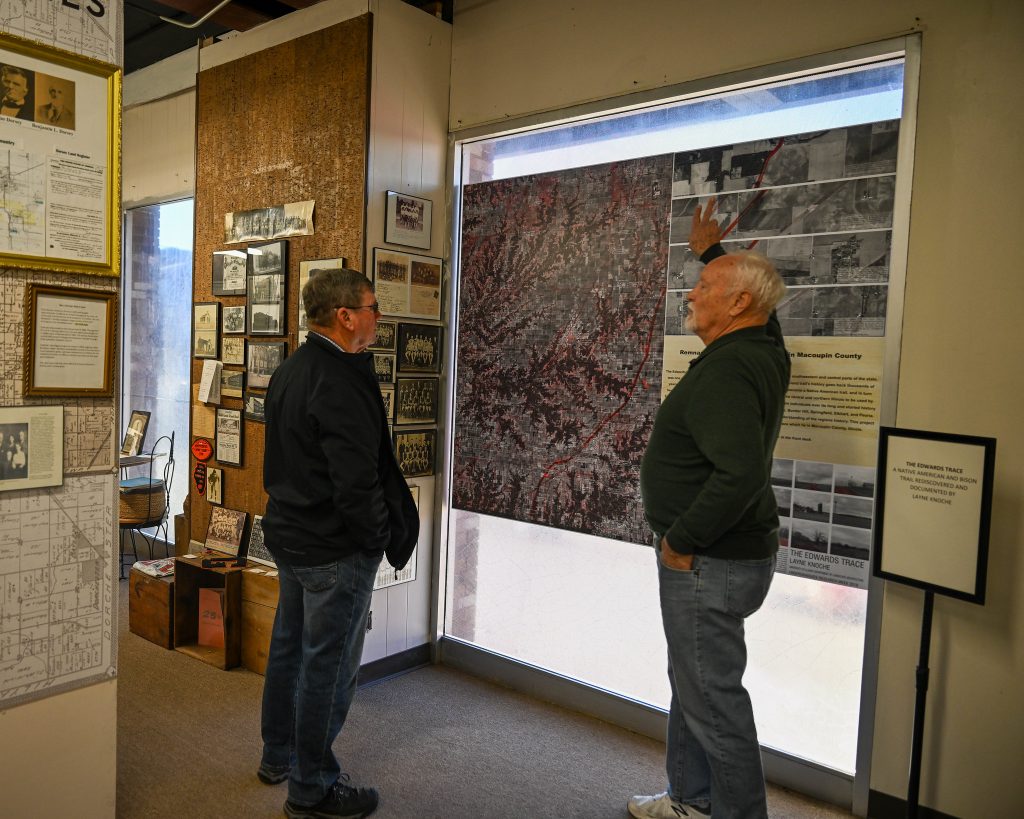Illinois Mines
Illinois is home to thousands of abandoned mines, which pose significant concerns for modern development. Over the past 150 years, more than 6,000 coal mines operated in the state, leaving behind a legacy of poorly mapped sites that create potential hazards for homes, businesses, and infrastructure. Alarmingly, only about half of these historic mines have accurate, accessible maps today. The incomplete records leave vast swaths of Illinois vulnerable to issues such as mine subsidence, where the ground above old mines can suddenly collapse, leading to severe damage to properties and roads.
The mining industry has deep roots in Illinois, with significant activity centered in regions like the southern part of the state. From the mid-1800s through the early 20th century, coal mining fueled industrial growth and provided jobs for countless residents. However, as the industry declined, many mines were abandoned. The challenge of accurately mapping these mines is compounded by the sheer volume of historical records, many of which are incomplete or have been lost over time.
Regions such as St. Clair County, known for its extensive coal mining history, face unique challenges in urban planning due to the instability of the ground beneath. Recent incidents, including the formation of sinkholes in parks and residential neighborhoods, highlight the real dangers posed by these abandoned mines. These sinkholes can develop suddenly and without warning, putting lives at risk and causing significant property damage. For example, a sinkhole in Belleville in 2021 swallowed a portion of a busy street.
Also, Peoria County had to delay opening of a new landfill because of a thought-to-be mine under the proposed site identified by ISGS. This turned out to not be accurate, but threw the landfill situation in Peoria County in chaos and put off a new landfill opening for ten years. This example shows how severe the consequences of inaccurate mine mapping are and how it can seriously hamper development.
To address these issues, the Illinois State Geological Survey (ISGS) has taken crucial steps to mitigate risks associated with abandoned mines. The ISGS has developed tools like the Coal Mines in Illinois Viewer, an interactive online map that allows residents and developers to identify abandoned mines beneath their properties. This resource is invaluable for homeowners, real estate agents, and developers as it provides critical information about the risks of subsidence and other related issues.
Additionally, the ISGS conducts research and collaborates with local governments to improve mine mapping accuracy and accessibility. Their efforts aim to fill gaps in historical records and create a comprehensive database that can be used for urban planning and development. While these resources have improved public awareness and safety, the gaps in historic mine maps continue to raise concerns. Developers face challenges when unexpected complications arise, which can lead to costly delays and safety issues during construction.
The legacy of Illinois’ coal mining history is a double-edged sword, providing both challenges and opportunities for the state. While efforts to improve mapping and awareness have made strides, significant gaps remain that threaten the safety and stability of development in affected areas. As the state continues to grow and evolve, addressing these historic mine concerns will be essential to ensuring safe, sustainable development. By leveraging modern technology and fostering collaboration between geological experts, developers, and local governments, Illinois can navigate the complexities posed by its mining past and create a more stable environment for future development.
More Info:
Illinois Abandoned Mined Land Reclamation
(Photo Drop) Rep. Rosenthal Tours Illinois Coal Museum


